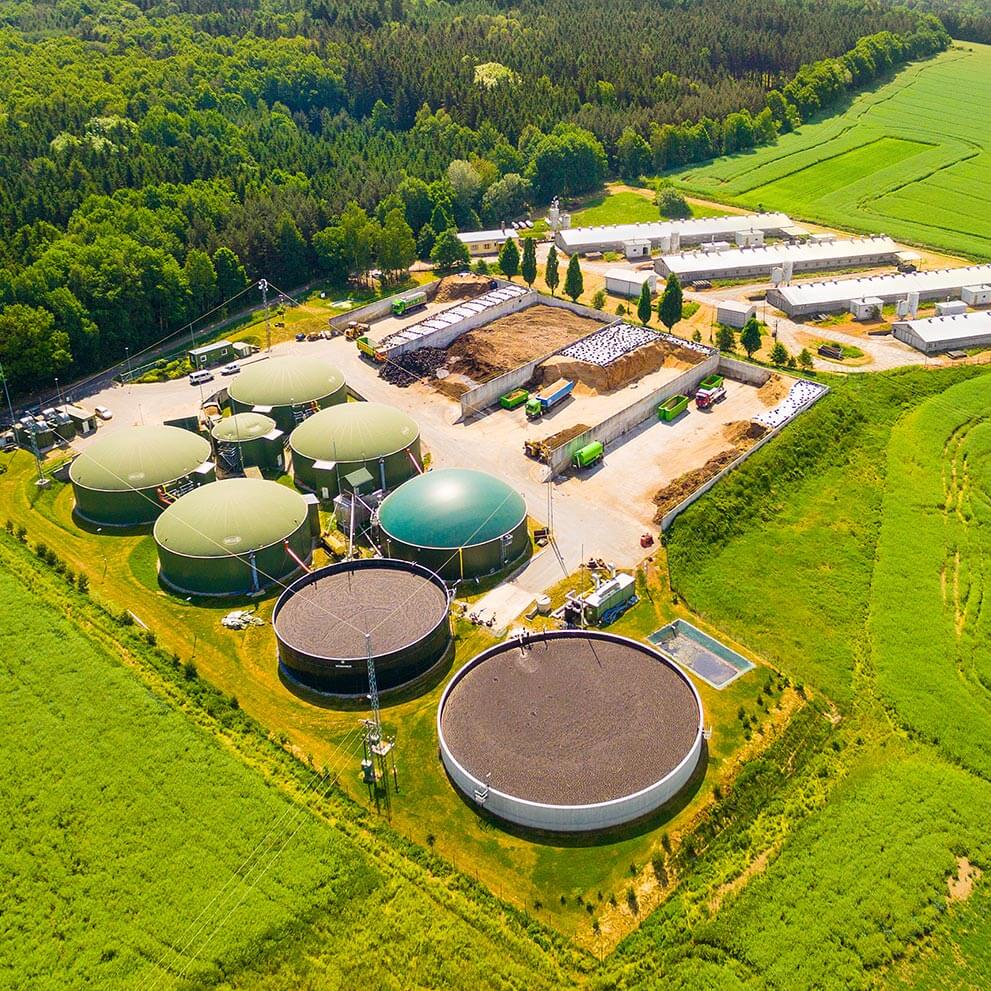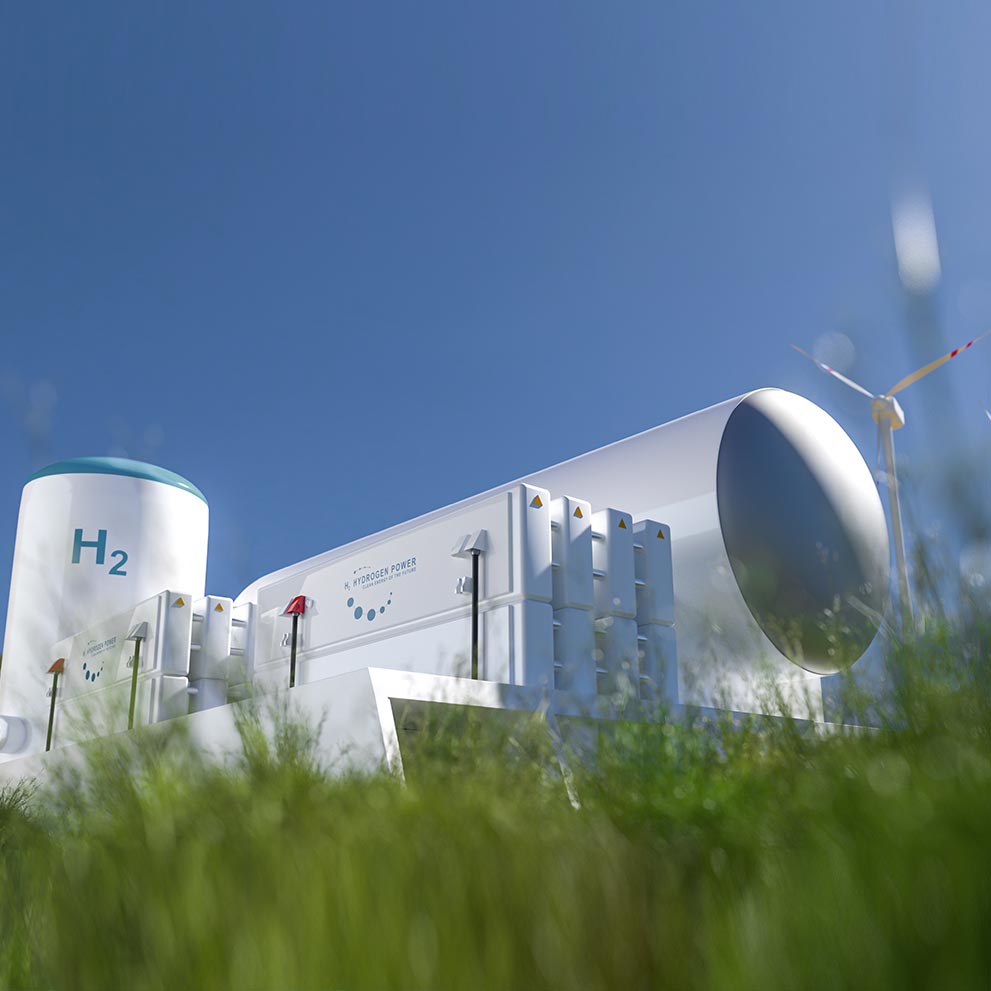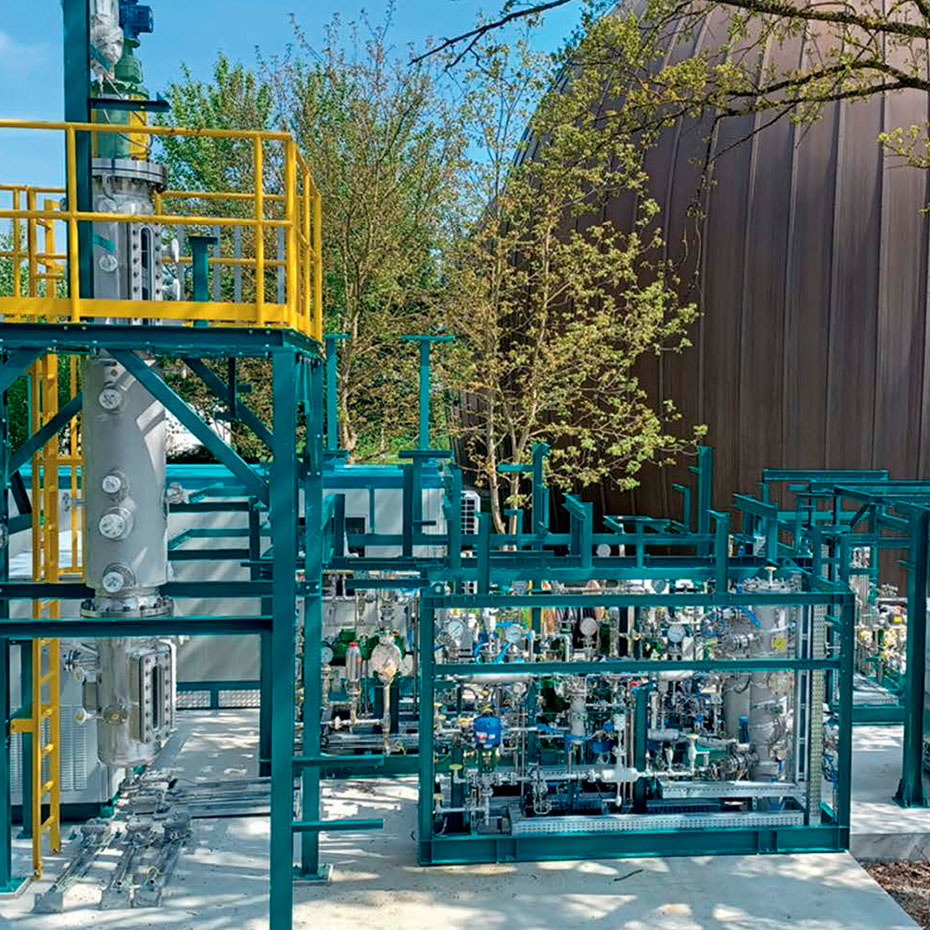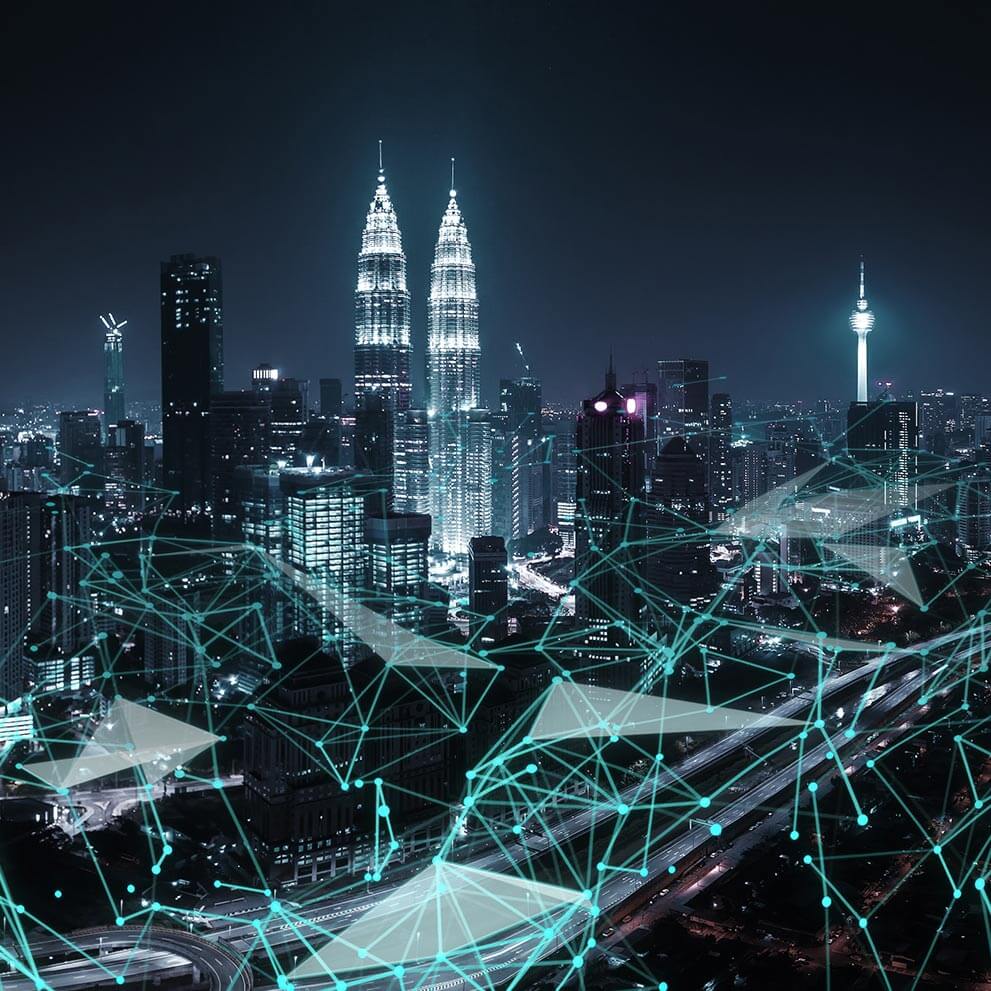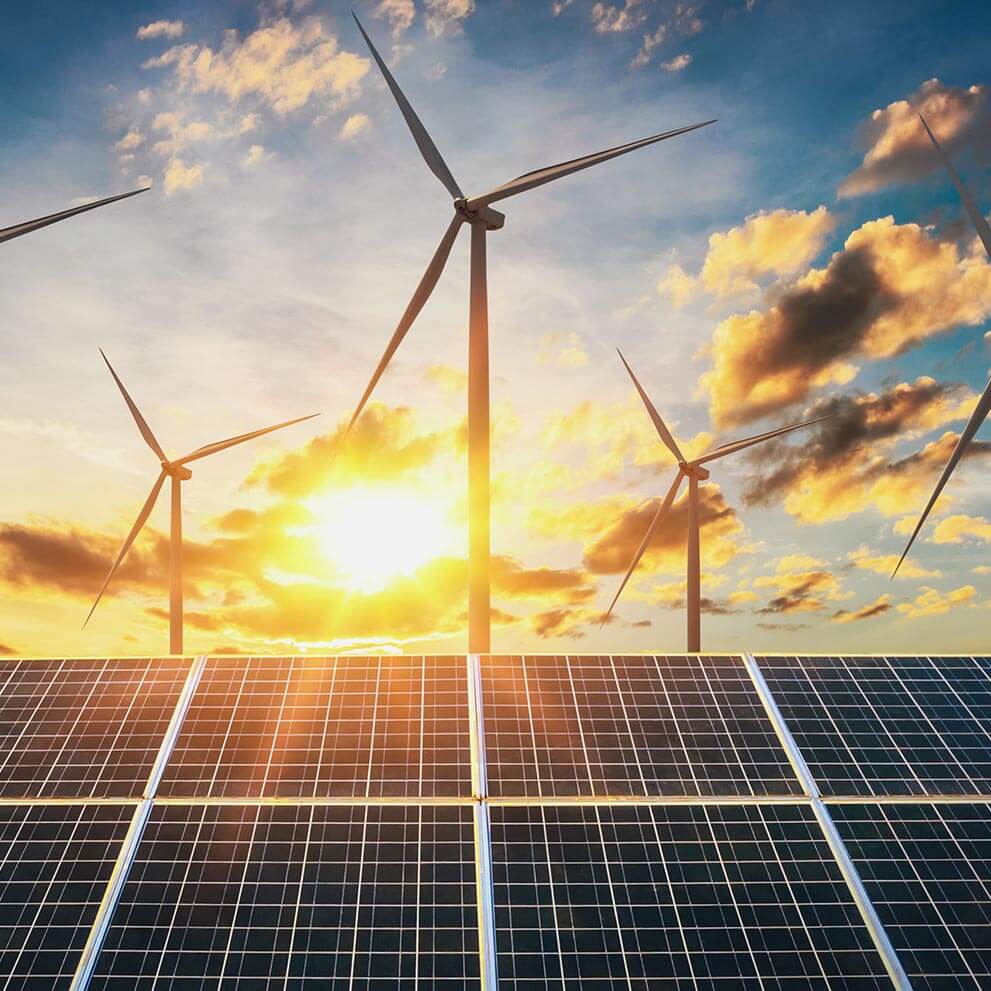Cathodic protection
Electrolytic corrosion of metals
Corrosion is not a phenomenon that can be completely eradicated, but specific measures can be taken as early as the design and construction stage to significantly reduce its effects and ensure the proper functioning, durability, and safety of the systems.
S2B (Service to Business) is our new cloud platform for management and monitoring of the data coming from field data loggers. The Cathodic Protection Monitoring Module is a tool for visualizing, monitoring and managing the electrical parameters of cathodic protection systems from field devices in a simple and comprehensive manner.
Multichannel data logger for DC and AC measurements, Next is one of Pietro Fiorentini’s Smart Gas Grid devices specifically designed for cathodic protection monitoring.
Kairos is a datalogger for the continuous remote monitoring of the electrical parameters of the cathodic protection systems with an integrated communication module, able to connect in 4G/LTE or CAT-M network technology (with fallback to 2G/GPRS).
Cases of successful projects
The quality of the cathodic protection service is determined in different ways. There are international standards that require the use of the electric potential between the metal structure and the ground as a criterion for defining its protection.
Pietro Fiorentini started developing and creating cathodic protection monitoring systems in 2016. Service2Business is the software able to interface with devices for the monitoring and remote control of cathodic protection systems.
Depending on the technology used, it is possible to implement passive cathodic protection with coatings and inhibitors, or active cathodic protection using sacrificial anodes or impressed current to counteract faults and gaps in the coating caused during installation or by deterioration.
